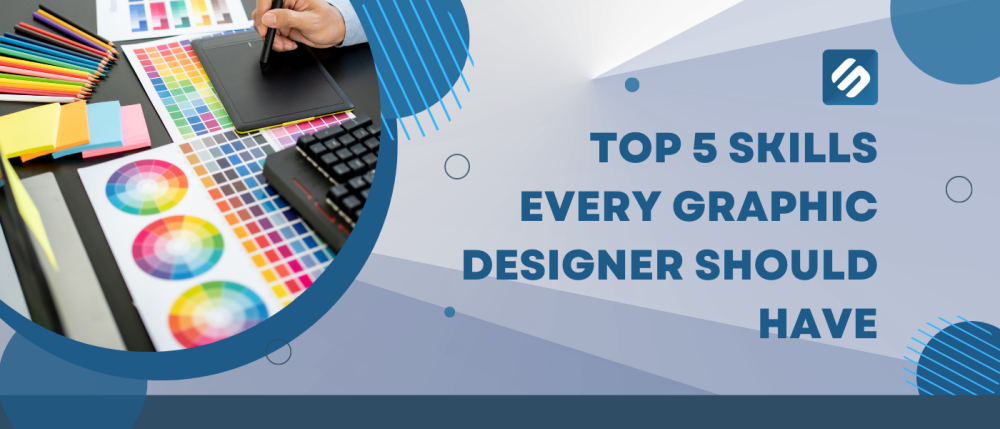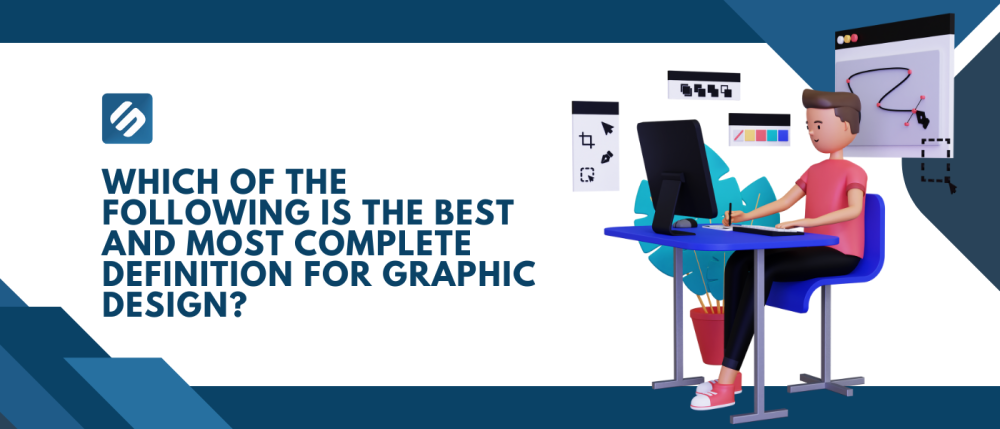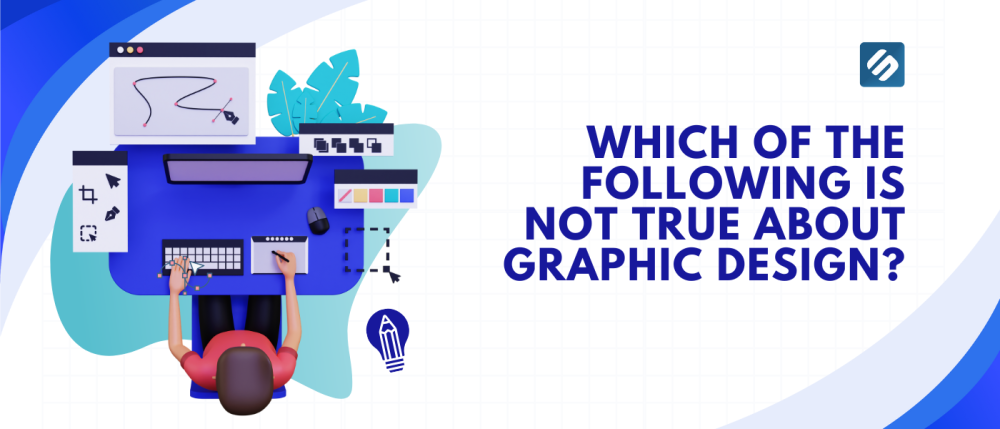Are you considering a career in graphic design? Or maybe you're already a graphic designer looking to enhance your skill set? In either case, it's essential to be equipped with the right skills to succeed in this competitive field. In this article, we will explore the top five skills that every graphic designer should possess. Whether you're a beginner or a seasoned professional, these skills will help you stand out and excel in your graphic design endeavors.
Table of Contents
- Introduction
- Creativity and Visual Thinking
- Proficiency in Design Software
- Understanding of Typography
- Knowledge of Color Theory
- Strong Communication Skills
- Attention to Detail
- Time Management Abilities
- Ability to Accept and Implement Feedback
- Conclusion
- FAQs
1. Introduction
Graphic design is an art form that combines creativity, technical skills, and effective communication. Graphic designers play a crucial role in creating visually appealing and engaging designs for various mediums, such as print, digital platforms, and advertising. To succeed in this field, a graphic designer needs to possess a diverse set of skills that go beyond artistic talent alone.
2. Creativity and Visual Thinking
At the core of graphic design lies creativity. Graphic designers need to think outside the box and come up with unique and innovative design concepts. They should have a keen eye for aesthetics and the ability to visualize ideas. Being able to think visually allows designers to translate abstract concepts into compelling visuals that convey messages effectively.
3. Proficiency in Design Software
In today's digital age, graphic design relies heavily on design software. It's essential for graphic designers to have a solid understanding of industry-standard software like Adobe Photoshop, Illustrator, and InDesign. These tools enable designers to manipulate images, create illustrations, and design layouts with precision. Mastering these software programs allows designers to bring their creative visions to life.
4. Understanding of Typography
Typography is the art of arranging and designing typefaces. It plays a significant role in graphic design, as it affects readability, visual hierarchy, and overall aesthetics. Graphic designers must have a thorough understanding of different typefaces, their characteristics, and how to use them effectively in various design projects. The proper selection and arrangement of typography can greatly enhance the impact and appeal of a design.
5. Knowledge of Color Theory
Colors evoke emotions and convey messages. As a graphic designer, having a strong grasp of color theory is essential. Understanding how colors interact, complement, and contrast with each other allows designers to create visually harmonious compositions. A well-executed color scheme can evoke specific moods, attract attention, and enhance the overall visual experience.
6. Strong Communication Skills
Graphic designers often collaborate with clients, marketing teams, and other stakeholders. Therefore, strong communication skills are vital for effectively understanding and interpreting client briefs, articulating design concepts, and receiving feedback. Clear and concise communication ensures that all parties involved are on the same page, leading to successful design outcomes.
7. Attention to Detail
Graphic design requires precision and meticulous attention to detail. Designers must ensure that every element of their work, from alignment and spacing to color accuracy and image quality, is flawlessly executed. Paying attention to even the smallest details ensures the overall integrity and professionalism of the design.
8. Time Management Abilities
Meeting deadlines is crucial in the graphic design industry, where projects often have strict timelines. Effective time management skills enable graphic designers to juggle multiple projectssimultaneously while maintaining quality and meeting deadlines. Being able to prioritize tasks, allocate time efficiently, and work under pressure is essential for a successful career in graphic design.
9. Ability to Accept and Implement Feedback
As a graphic designer, it's important to have an open mindset and be receptive to feedback. Clients and colleagues may provide suggestions or critiques to improve a design. Being able to accept feedback constructively and implement changes accordingly demonstrates professionalism and a commitment to delivering the best possible design outcomes.
10. Conclusion
Becoming a skilled graphic designer requires a combination of artistic talent, technical proficiency, and effective communication. By developing and honing these essential skills—creativity and visual thinking, proficiency in design software, understanding of typography, knowledge of color theory, strong communication skills, attention to detail, time management abilities, and the ability to accept and implement feedback—you'll be well-equipped to succeed in the dynamic and competitive field of graphic design.
FAQs
Q1: Can anyone become a graphic designer, or do you need to have natural artistic talent?
A: While having artistic talent can be advantageous, graphic design is a skill that can be learned and developed through practice and training. With dedication and a passion for design, anyone can become a graphic designer.
Q2: What are some additional software tools that graphic designers should be familiar with?
A: In addition to Adobe Photoshop, Illustrator, and InDesign, graphic designers may find it beneficial to learn other tools such as Sketch, Figma, or Canva, depending on their specific design needs and industry trends.
Q3: How important is a formal education in graphic design?
A: While a formal education in graphic design can provide a strong foundation and access to valuable resources and mentors, it's not the only path to success. Many successful graphic designers have built their careers through self-learning, online tutorials, and practical experience.
Q4: Is it necessary to specialize in a specific area of graphic design?
A: Specializing in a particular area of graphic design, such as branding, web design, or illustration, can help you become an expert in that field. However, it's also beneficial to have a broad skill set and the ability to adapt to different design projects.
Q5: How can I stay updated with the latest trends in graphic design?
A: To stay updated with the latest trends, follow design blogs, attend design conferences and workshops, join online design communities, and regularly explore design inspiration platforms. It's important to keep learning and evolving in this rapidly changing industry.
In conclusion, developing a diverse skill set is crucial for graphic designers looking to thrive in their careers. By embracing creativity, mastering design software, understanding typography and color theory, honing communication and time management skills, paying attention to detail, and being open to feedback, graphic designers can create impactful and visually stunning designs that leave a lasting impression. So, start cultivating these skills and embark on your journey to becoming a successful graphic designer today!




